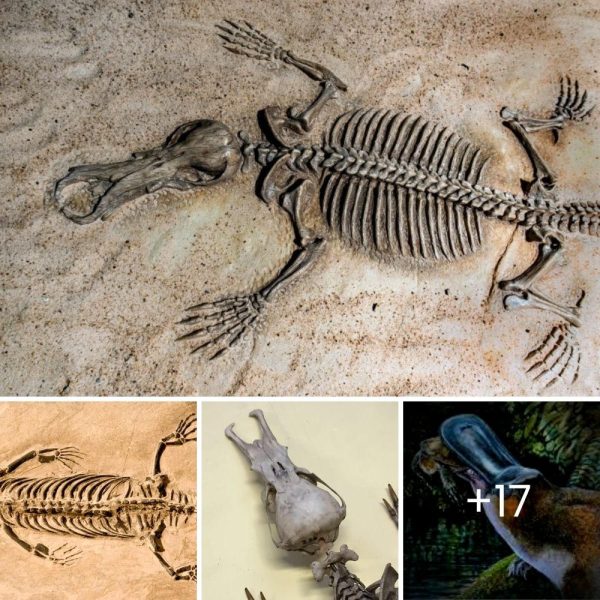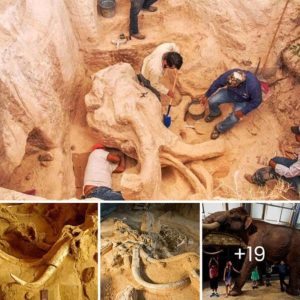The discovery of a fossil site called Hammerschmiede in southern Germany has provided a remarkable glimpse into the past, with fossils dating back 11.5 million years that include an impressive array of 350 individual mammalian species.

These findings offer valuable insights into the diversity of ancient mammals and the ecosystems they inhabited during that time.
Some of the key findings and details from this excavation include:
Carnivorous Mammals: The site at Hammerschmiede was home to at least 20 different species of carnivorous mammals around 11.5 million years ago. These species encompassed a wide range of carnivores, each adapted to their specific ecological niches.
Well-Preserved Specimens: Among the remarkable finds, the well-preserved skull (skull) of a marten stood out as particularly distinct. This discovery could potentially lead to the establishment of a new genus for this large extinct marten species.
Habitat and Adaptations: The animals discovered in this fossil site appeared to have inhabited various habitats, including semi-aquatic environments and trees. They adapted to the river and surrounding woodlands in the region during that era.
Carnivora Order: The animals belonged to the order Carnivora, which includes a wide range of carnivorous mammals. Among the species identified were marten-like species, relatives of modern wolverines, otters, skunks, red pandas, genets, and other species, some of which have no living counterparts today.
Ecosystem Diversity: The presence of 20 different species of small carnivorans at the same location suggests that the prehistoric ecosystem in the area was diverse and capable of supporting various forms of life. Each species appears to have played a unique role within this ancient ecosystem based on their body mass, feeding habits, and movement patterns.
Unknown Species: In addition to the well-known animals like wolverines, skunks, and red pandas, some of the species discovered were unexpected in Europe. The concentration of such diverse species was not anticipated.

Ecological Niches: Each species appeared to occupy distinct ecological niches, utilizing different natural resources and thus minimizing direct competition among them.
The Hammerschmiede fossil site has garnered attention in recent years due to a series of significant discoveries, including the first-known ape to walk upright (Danuvius guggenmosi) and the identification of the extinct genus Vishnuonyx. These findings continue to shed light on the ancient environments and ecosystems of the region.
In March 2022, the discovery of an unknown species of prehistoric waterfowl added to the growing list of remarkable findings from Hammerschmiede, emphasizing the site’s significance in paleontological research.
This fossil-rich site provides an exciting window into the past, allowing scientists to better understand the ancient world and the diverse range of mammals that inhabited it over 11 million years ago.





